When I first set foot in Puglia, Italy’s heel-shaped southern region, I had no idea it would steal my heart. The landscape, dotted with those adorable cone-roofed trulli houses, made me feel like I’d wandered into a fairy tale.
These unique stone dwellings, found nowhere else, turned Puglia from just another Italian region into my absolute favorite place in the country.
Alberobello, with its dense patchwork of trulli and UNESCO World Heritage status, was just the start of my infatuation. I wandered the Valle d’Itria, marveling at the red soil, endless olive groves, and vineyards stretching as far as I could see.
The rustic beauty here feels untouched by mass tourism. It’s a glimpse into authentic Italian life.
What began as a quick travel stop quickly evolved into deep appreciation for Puglia’s unique character. Locals originally built the trulli as farm storage or animal shelters, later transforming them into family homes.
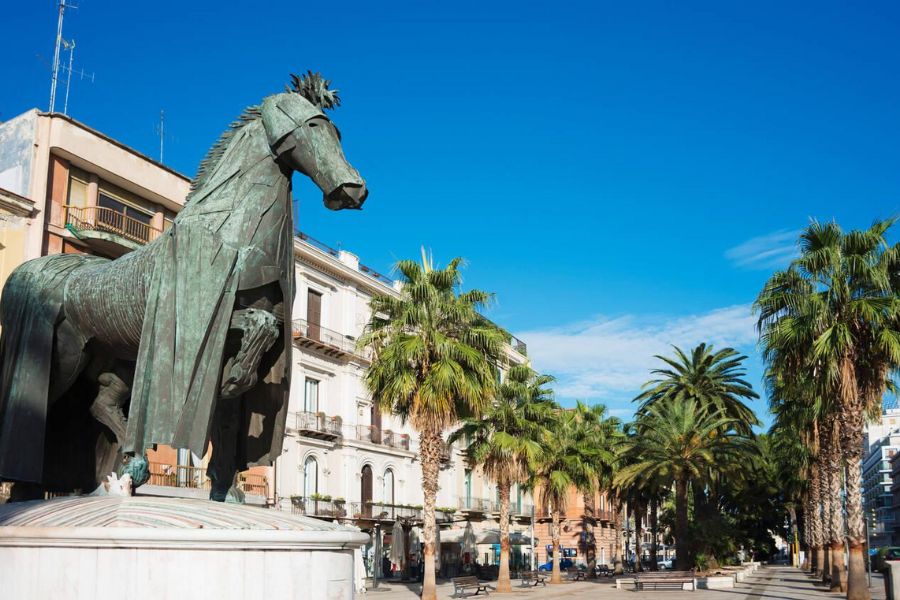
The mortarless construction speaks to centuries of tradition. The surrounding countryside offers a peaceful alternative to Italy’s crowded hotspots.
Discovering the Magic of Trulli and Alberobello
When I first arrived in Puglia, those fairytale trulli houses genuinely took my breath away. Their conical limestone roofs and whitewashed walls create a landscape you just can’t find anywhere else in Italy.
What Makes Trulli Unique?
Trulli stand out for their conical roofs, built from stacked limestone slabs without mortar. This dry-stone technique goes back centuries and shows off some impressive architectural creativity.
The white walls pop against the gray stone roofs, making for a picturesque scene that seems straight out of a storybook. Many trulli have symbols painted on their roofs—stars, crosses, planetary signs—meant to ward off evil or bring luck.
Inside, trulli just make sense for the climate. Thick limestone walls keep things cool in Puglia’s blazing summers and cozy in winter. Most have a central room with little alcoves branching off.
I found it fascinating that people could dismantle these structures quickly. If you remove the keystone, the whole roof collapses—a trick locals supposedly used to dodge taxes centuries ago!
Exploring Alberobello: UNESCO World Heritage Site
Alberobello has the largest trulli collection in Puglia, with over 1,500 packed into Rione Monti and Rione Aia Piccola. This density earned the town its UNESCO status back in 1996.
Walking through Rione Monti feels like you’ve stepped into another world. The narrow streets wind uphill, lined with trulli that now house shops, restaurants, and little boutique hotels.
I always prefer the quieter Rione Aia Piccola. Many trulli there are still private homes, and you get a more authentic feel without the crowds.
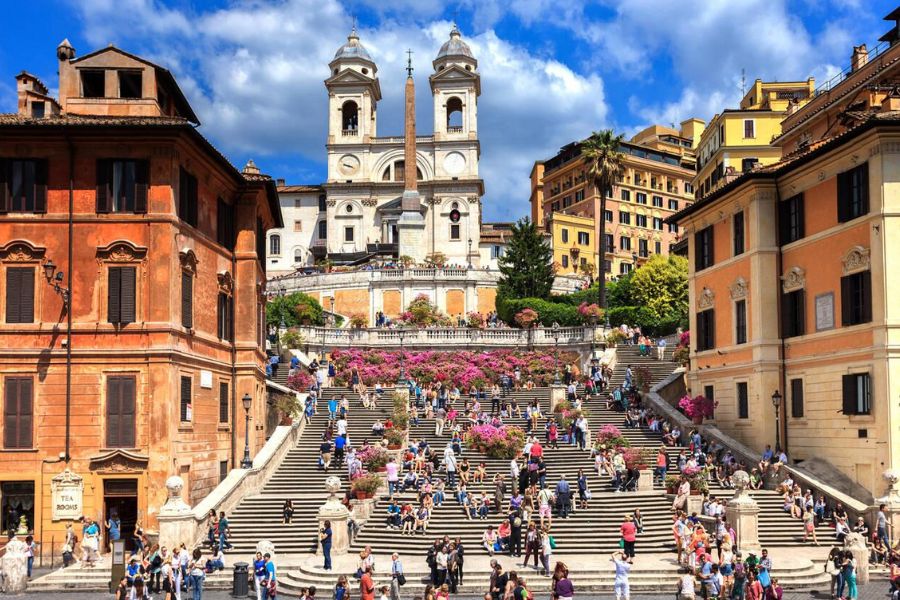
Trullo Sovrano, a rare two-story trullo now turned museum, lets you peek into traditional family life in these quirky spaces.
If you can, go early in the morning or after sunset. The limestone glows in the soft light, and the absence of tour buses makes everything feel more magical.
The Story Behind the Trullo
The origins of trulli go back to the 14th century when the Counts of Conversano ruled this part of Apulia. They told peasants to build homes without mortar so they could be torn down quickly.
This odd rule came from a tax loophole. When royal inspectors showed up to assess property taxes, the counts would have the roofs demolished, leaving only rubble that couldn’t be taxed as dwellings.
Families passed the construction techniques down through generations. Master craftsmen, called trullari, earned huge respect for their skill in balancing stones perfectly without mortar.
Some families in Puglia still live in these ancient structures today. Many have modern interiors but keep their historic exteriors intact.
The trulli show how ordinary people turned a ridiculous tax rule into a lasting architectural wonder that now pulls in visitors from around the globe.
A Journey Through Puglia’s Most Charming Towns
Puglia’s landscape is sprinkled with whitewashed villages and historic towns that feel frozen in time. Each one has its own personality, but all share that authentic Puglian spirit that totally won me over.
Ostuni: The White City
Ostuni sits dramatically on a hill, and the first glimpse of its white buildings gleaming in the sun is unforgettable. Wandering its winding streets, I finally understood why they call it “La Città Bianca.”
People started whitewashing the buildings with lime centuries ago—originally to fight plague, but now it’s just the town’s look. I spent hours getting lost in the maze of alleys, stumbling onto sudden panoramic views of olive groves and the Adriatic Sea.

The central cathedral, with its beautiful rose window, really stands out. On Saturday mornings, the local market spills into the streets. I practiced my Italian with vendors selling taralli and olive oil, and they seemed genuinely pleased.
Martina Franca and Baroque Splendor
Martina Franca surprised me with its elegant baroque architecture and a touch of sophistication. Unlike other Apulian towns, its center boasts ornate facades and elaborate stonework hinting at a wealthy history.
The Basilica di San Martino dazzles with intricate carvings and a grand altar. Piazza Maria Immacolata is a great place to admire palaces with wrought-iron balconies and decorative doorways.
During the Valle d’Itria Festival in summer, the town fills with opera and classical music. I loved wandering the quieter backstreets, finding family-run trattorias serving orecchiette and local lamb dishes.
Locorotondo and the Valle d’Itria
Locorotondo wowed me with its perfect circular layout and spotless whitewashed buildings. This tiny hilltop town in the Valle d’Itria offers some of the best views I found in Puglia.
The old town features homes with pointed gabled roofs called “cummerse”—you won’t find those anywhere else in Italy. Flower boxes bursting with geraniums add pops of color as you wander the concentric streets.
One afternoon, I sampled local white wines at a cozy enoteca. I learned that Locorotondo DOC is made from Verdeca and Bianco d’Alessano grapes.
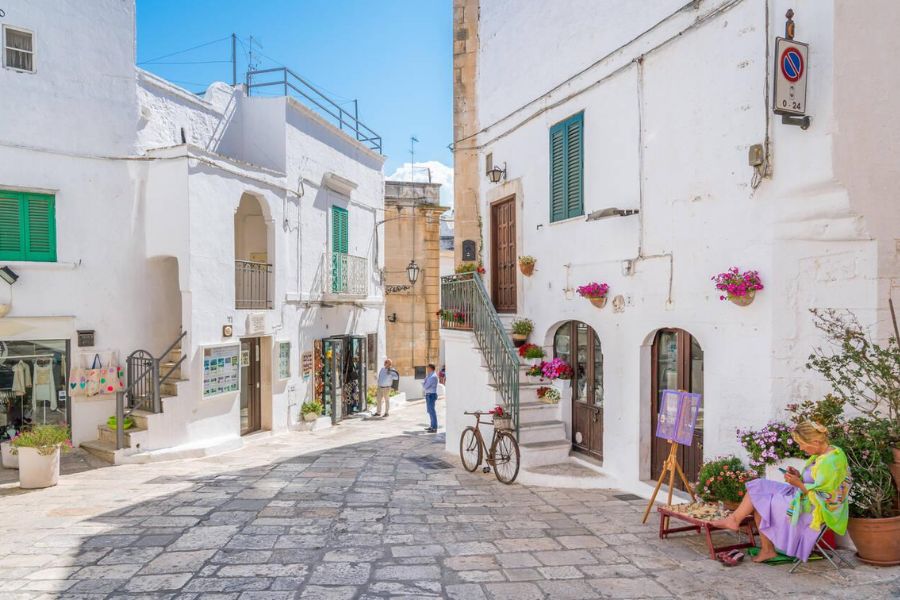
The countryside, dotted with trulli and vineyards, creates a patchwork that’s just perfect for a slow drive.
Cisternino: Tradition and Hospitality
Cisternino charmed me with its authenticity and fantastic food scene. This little town holds tight to traditional Puglian life but welcomes visitors with open arms.
The historic center feels like a step back in time, with arches over narrow streets and small piazzas where locals gather in the evening. I stumbled onto the “fornelli pronti” tradition—pick your meat at the butcher, and they’ll grill it on the spot for you.
Torre Normanna gives you sweeping views of the Valle d’Itria. What made Cisternino special for me was the people—residents proud to share their stories and traditions.
An elderly man even invited me to see his family’s centuries-old olive press. That experience really captured the heart of Apulia.
Gastronomy and Local Flavors in Puglia
Puglia’s food won me over with its beautiful simplicity and bold flavors. The region’s food philosophy is all about fresh, local ingredients transformed into dishes that really tell the story of the land.
Orecchiette and Culinary Traditions
I watched a local nonna in Bari’s old town hand-shape orecchiette pasta on a wooden board, and I instantly knew Puglia’s food culture was something special. These “little ears” are the region’s signature pasta, often paired with cime di rapa or a simple tomato sauce.
Puglian cooking stands out for its peasant roots. Dishes came from necessity—people used whatever they had on hand.
During a cooking class in Ceglie Messapica, I learned to make orecchiette from scratch with just flour, water, and a practiced flick of the wrist.
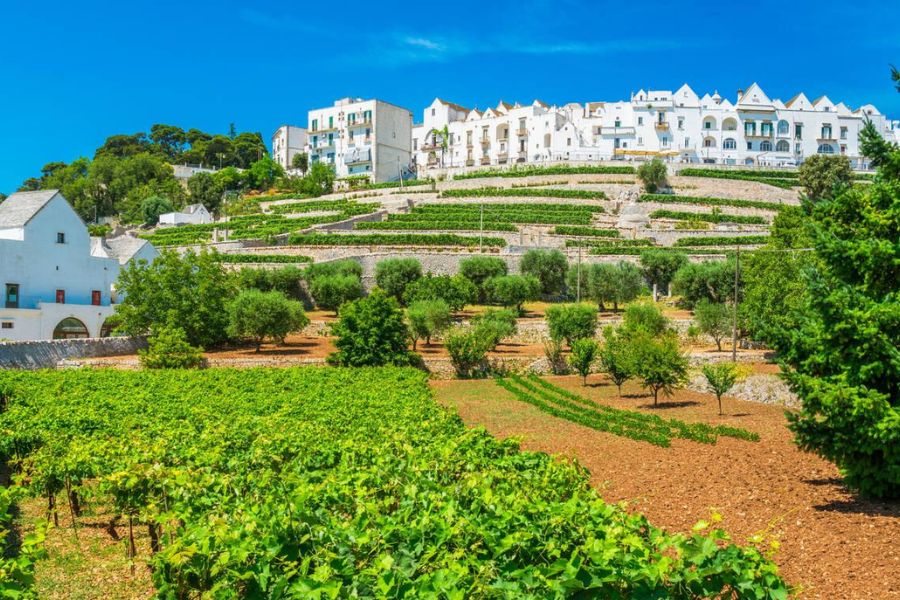
The cucina povera mentality means nothing goes to waste. Even stale bread gets a second life in recipes like pancotto, a bread-based soup that’s way tastier than it sounds.
Burrata, Mozzarella, and Local Cheeses
Tasting fresh burrata in Puglia ruined me for cheese anywhere else. This creamy treat, with its mozzarella shell and buttery center, is best enjoyed simply—just olive oil and tomatoes.
I visited a family-run caseificio near Andria, the birthplace of burrata. Watching the cheesemaker stretch mozzarella by hand before filling it with cream was honestly mesmerizing.
Other local cheeses worth a try:
- Canestrato pugliese: Firm sheep’s cheese with basket marks
- Cacioricotta: Somewhere between ricotta and caciocavallo
- Ricotta forte: A strong, tangy cheese locals love to spread on bread
Olive Oil and Mediterranean Diet
Puglia’s landscape wouldn’t be the same without its ancient olive trees, some over a thousand years old. These gnarled giants produce some of Italy’s best extra-virgin olive oil.
I joined an olive oil tasting tour near Ostuni. There, I learned how to spot the peppery finish that means you’ve got the good stuff. Puglia produces about 40% of Italy’s olive oil, and locals pour it on everything.
The Mediterranean diet thrives here—meals focus on vegetables, legumes, grains, and, of course, olive oil. I noticed a lot of centenarians in small towns, which says something about this way of eating.
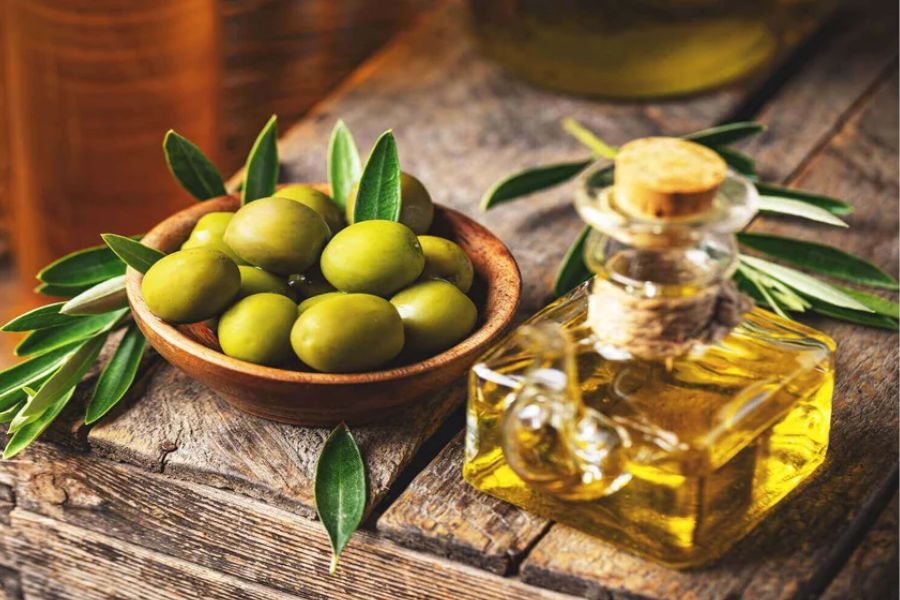
Dishes like fave e cicoria (fava bean purée with wild chicory) really show how simple and delicious healthy food can be.
Seafood, Taralli, and Vineyard Experiences
With two coastlines, Puglia’s seafood is top-notch. In Polignano a Mare, I ate sea urchin pasta while watching waves crash below the terrace.
The region’s crudo di mare (raw seafood) tradition means you’ll often get the freshest fish with just a squeeze of lemon and a drizzle of olive oil. Red prawns from Gallipoli were a revelation—sweet and delicate.
Taralli, those addictive ring-shaped crackers, became my go-to snack. Made with olive oil and white wine, they come in flavors like fennel or black pepper. At a bakery in Altamura, I watched bakers shape and boil them before baking.
Puglia’s vineyards don’t get enough love, honestly. I visited estates growing native grapes like Primitivo and Negroamaro. These bold reds paired perfectly with hearty local dishes, especially on cool evenings.
The Coastal Allure: From the Adriatic to the Mediterranean
Puglia’s two coastlines create a seaside paradise you just won’t find anywhere else in Italy. With more than 500 miles of shore, the region offers everything from rocky cliffs to soft sandy beaches—sometimes just minutes apart.
Beaches and Hidden Coves
I found Puglia’s coastline to be a beach lover’s dream. The Adriatic side has dramatic limestone cliffs and turquoise water that’s almost too pretty to be real.
Polignano a Mare became my favorite, with its little beach tucked between cliffs. Locals and brave visitors dive from crazy heights into the sea.
On the Ionian coast, the beaches are wider and the water’s gentler. Torre Lapillo near Porto Cesareo looked like the Caribbean—white sand and shallow, warm water stretching forever.
Porto Selvaggio, a hidden cove, took a short hike through pine forest to reach, but the reward was a natural swimming pool surrounded by rocks, and barely anyone around. For families, Pescoluse (the “Maldives of Puglia”) is perfect with its shallow, calm waters.
Historic Bari and Brindisi
Bari surprised me with its lively port city vibe and real Italian atmosphere. In Bari Vecchia, I watched women make orecchiette by hand on the street—a tradition passed down for generations.
The Basilica di San Nicola, which houses St. Nicholas’s remains (yep, the Santa Claus connection), brings in pilgrims from everywhere. The seafront promenade became my go-to sunset spot.
Brindisi served as my jumping-off point to Greece with its busy international port. You can still see columns marking the end of the ancient Appian Way.
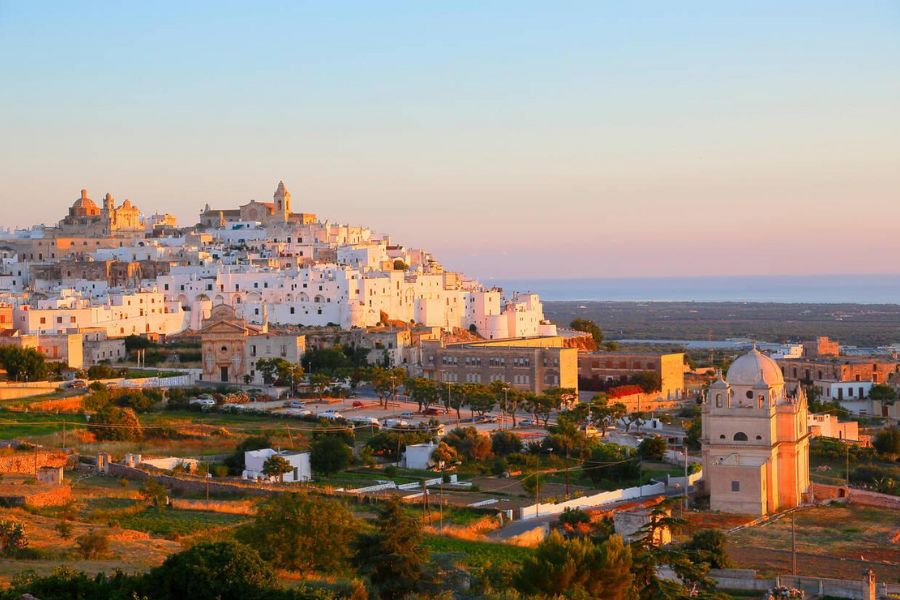
I loved exploring the Norman Castle and climbing the Sailor’s Monument for sweeping views of the port and historic center. The seafood in Brindisi’s restaurants was some of the best I tasted anywhere in Puglia.
The Enchanting City of Lecce
Lecce totally stole my heart with its baroque architecture and warm, honey-colored limestone that glows at sunset. Some call it the “Florence of the South,” and I get why.
The façade of Basilica di Santa Croce is mind-blowing—craftsmen spent over a century perfecting its rose windows, columns, and carvings of all sorts of creatures.
Piazza del Duomo became my favorite spot for evening aperitivo. Locals and visitors mingle there as the city lights come on.
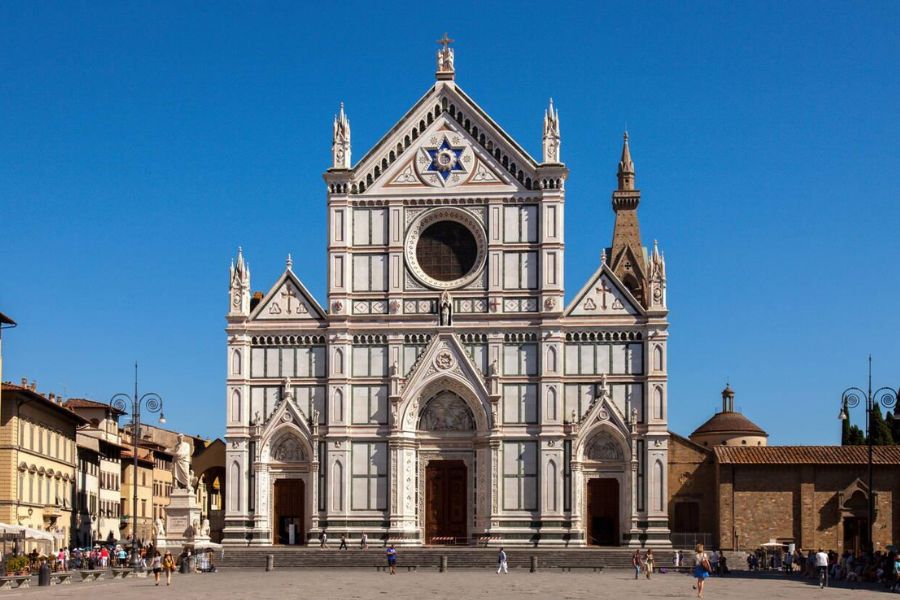
The Roman amphitheater in the center, dating back to the 2nd century, still hosts performances in summer. Lecce’s papier-mâché workshops, tucked away in narrow streets, show off a craft tradition going back to the 17th century. I took home a little figurine as a quirky souvenir.
Immersing Yourself in Local Culture and Traditions
To really appreciate Puglia, you have to dive into its customs, stay in authentic places, and seek out the region’s hidden treasures. The cultural experiences here connect you to centuries of tradition that shaped this amazing corner of Italy.
Festivals and Daily Life
Life in Puglia moves to rhythms that haven’t changed much in generations. I discovered this wandering small towns during their patron saint festivals. The celebrations mix religious devotion with wild displays of lights, music, and food that unite the whole community.
Morning markets became my daily routine. Locals taught me how to pick the ripest figs and freshest burrata. They’d laugh at my Italian, but usually rewarded me with cooking tips or an extra tomato.
The pizzica folk dance totally captivated me at summer festivals. This energetic dance started as a healing ritual and now represents Puglian identity. I took a few lessons from older women who were thrilled to share their heritage.
Staying in Masserie
Puglia’s masserie (fortified farmhouses) offer a truly memorable way to stay. These historic buildings once protected farmers from pirates and now serve as charming hotels that keep their authentic feel.
I stayed at Masseria Torre Coccaro for three nights. The stone walls seemed to whisper stories from centuries past. My room had vaulted ceilings, and the property’s olive groves and gardens supplied the restaurant.
Many masserie offer cooking classes. I learned to make orecchiette by hand from nonnas who’d perfected the technique over decades. Eating pasta I made myself while watching the sun set over ancient olive trees? That’s a memory I’ll never forget.
Scenic Tours and Travel Tips
Renting a car is a must for exploring Puglia properly. Public transport exists, but you’ll miss the region’s most magical spots if you rely on it.
I’d go for a compact car—village streets can be super narrow, and parking gets tricky.
The coastal drive from Polignano a Mare to Otranto rivals anything along the Amalfi Coast, but with way fewer tourists. I stopped often to explore tiny beaches tucked between cliffs.
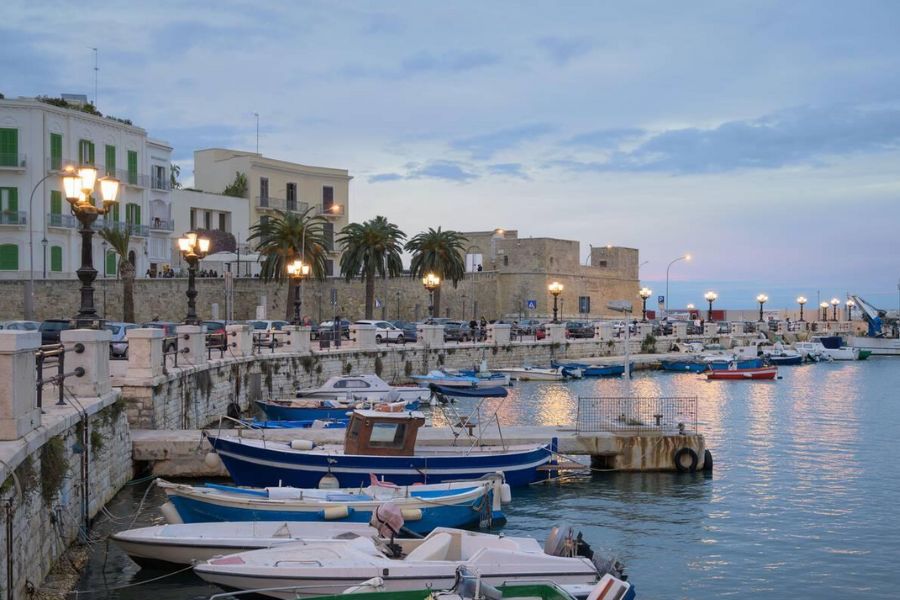
If you love olive oil, take a tour of the ancient farms. I tasted oils pressed from trees over a thousand years old. Many producers still use traditional stone mills and cold-press methods, which make for incredibly flavorful oils.
Day Trips to Matera and the Sassi
Though it’s technically in Basilicata, Matera makes an amazing day trip from Puglia. The ancient sassi (cave dwellings) create a landscape that feels straight out of another world.
I spent hours wandering Matera’s maze-like streets, where homes and churches are carved right into the rock. The contrast between its rough past—families lived with animals until the 1950s—and its current UNESCO fame is pretty wild.
A guided tour helps you make sense of Matera’s complex history. My guide showed me hidden cisterns and explained how people collected water to survive. The city offered a perspective that made me appreciate modern comforts and admire the resilience of its people.

